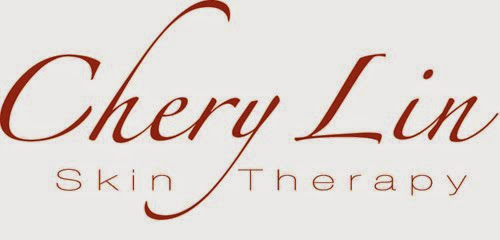As
someone who is interested in healthy eating I believe one of the best
ways of getting fresh seasonal food is by working an allotment to
grow your own fruit and vegetables.
Having
run my own allotment for some time now (organically of course), I
have recently experimented with biodynamic gardening. I tried it
half-heartedly a few years ago (with some success), but I wanted to
see if I could grow better quality produce which possessed even
greater vitality and the greatest flavour. Well, I have to say, the
results have been quite amazing.
At time of writing this, and by
embracing some of the principles of biodynamic gardening, I have
produced nearly twice as much produce from the plants. I should note
that as a vegetarian, I do not embrace the whole practice. For
example, I do not use animal manure, horn preparations or make ashes
from insect pests. Instead, I prepare my own nettle and comfrey
feeds, my own compost and have sown, maintained and harvested
according to the rhythms of the planets and phases of the moon (which
is what gardening by biodynamic principles essentially is). And no, I have not had to steal out in the middle of night and garden under the light of the moon (even if it sounds appealing)!
So
what is biodynamic gardening?
Essentially,
all life processes on earth are influenced by the rhythms of the
planets, sun and moon with the constellations of the zodiac working
through these. The planets, sun and moon in turn pass on their own
properties to the plants through the elements of fire, air, water and
earth.
Biodynamic
agriculture recognise that the plant is bound with the life of the
soil and that the soil should be alive and vital. However, the
plants' growth is also influenced by planetary influences. From the
beginning of the process through to the harvesting and storing, it is
important to note the right time for each stage. The sowing time, for
example, exerts the strongest influence. Planting out or moving a
plant is also important as this can enhance or weaken the impulse
which the seed received at the sowing stage. Even before sowing, it
is important to prepare the soil at the right time as this opens up
the earth to planetary and zodiac influences which can enhance
growth. Harvest time is also critical depending on what is being
harvested, for example seeds or parts of the plant which is to be
used for sowing or propagation for next years crop, will be weak or
sickly if harvested at a time of unfavourable cosmic conditions.
The
sun, moon and planets all influence the weather using the elements of
fire (warmth), air, water and earth. The weather effects the best
times to grow and harvest crops. For example, favourable sowing days
for leaf growth (lettuce or leafy herbs for example) always tend to
be damp as these ‘leaf days’ have the greatest moisture or
highest rainfall of the month, or favourable sowing days for root
growth (potatoes, carrots) always tend to be cold or cool. Such
weather observations demonstrate that the elements should be assigned
to different parts of the plant. As the moon passes every two to four
days from one constellation to another, the character of cosmic
influence changes. So water, for example, changes to warmth. As three
constellations are assigned to each element, known as trigons, it is
roughly every nine days the moon reaches the same group again.
To
decide the best time for sowing, maintaining, harvesting and storing,
therefore, we must known which part of the plant we want to harvest.
With carrots for example, it is the root that is of importance so
sowing should take place on a ‘root day’. Years of research have
established four broad categories, as follows:
Flower days
 Flower
plants are sown, tended, cultivated, cut and harvested on flower
days. They include flowers of all kind, broccoli, bulb plants and
many medicinal plants.
Flower
plants are sown, tended, cultivated, cut and harvested on flower
days. They include flowers of all kind, broccoli, bulb plants and
many medicinal plants.Fruit days
Fruit
plants are sown, planted, hoed, cultivated, harvested and stored on
fruit days. Fruits include fruits and berries, beans, courgettes,
cucumber, peas, peppers, pumpkins and tomatoes.
Leaf days
Leaf
plants are sown, planted and tended on leaf days. However, leaf
vegetables for storing are harvested on flower days. Plants include
cabbage, cauliflower, leafy herbs and lettuce.
Root days
Root
days should be chosen for sowing, transplanting, hoeing, harvesting
and storing. Plants include beetroot, carrots, garlic, onions,
potatoes and swede.
It
is interesting that the leaf plants (cabbage, kale) I sowed on leaf
days have flourished compared to the those that I sowed on dry, hot
flower days and my courgette plants sown and cultivated on fruit days
have provided me with so much fruit, I really could open up a shop
(well, a market stall)!
Biodynamic
agriculture is based on the original ideas and recommendations of
Rudolf Steiner, which he presented in a series of lectures to farmers
and gardeners in 1924. It is the oldest non-chemical agricultural
movement and predates the organic agricultural movement by 20 years.
The work has been further developed and researched over many years by
Maria and Matthias Thun.
Further
information:




